The Eiffel Tower is one of the most iconic structures in the world, but its design is rich with intriguing details that many people might not know. Built for the 1889 World’s Fair in Paris, the tower has since become a symbol of French engineering and innovation. Discover these fascinating facts about the design of this architectural marvel.
Designed by Maurice Koechlin and Émile Nouguier
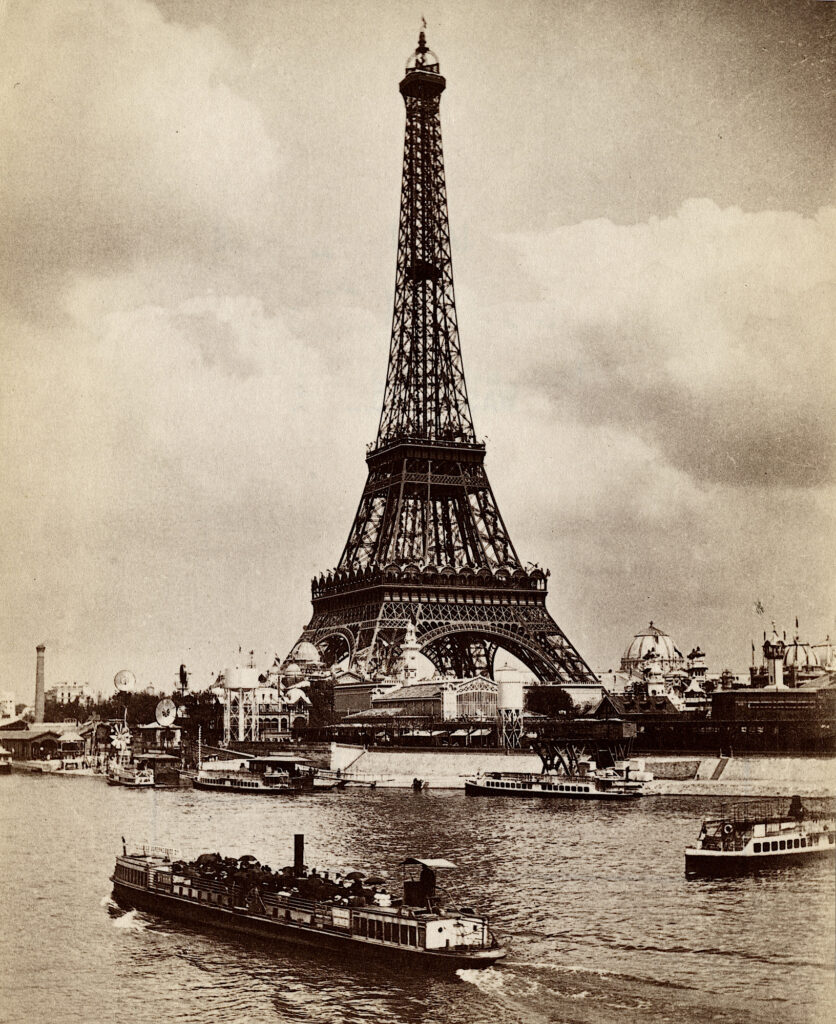
Although Gustave Eiffel is often credited with the design of the tower, the initial concept was actually created by Maurice Koechlin and Émile Nouguier, two senior engineers working for Eiffel’s company. They proposed the idea of a tall iron structure in 1884, which later evolved into the design we know today. Eiffel was impressed by their concept and supported the project.
Inspired by the Latting Observatory
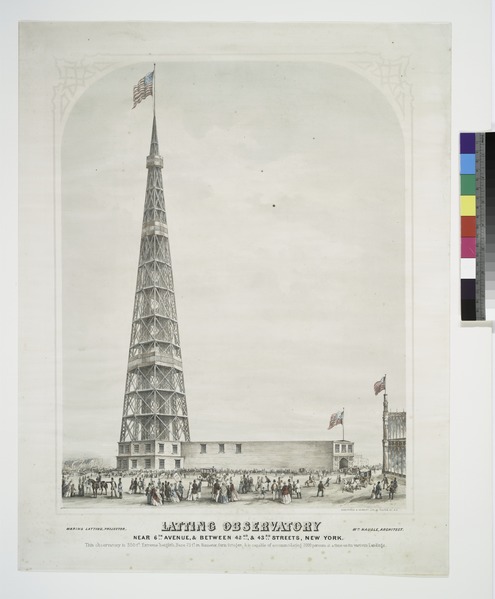
The idea for a tall, iron tower was partially inspired by the Latting Observatory, a 315-foot iron and glass tower built in New York City for the 1853 Exhibition of the Industry of All Nations. Although the observatory was dismantled a few years later, it left a lasting impression on engineers and architects, including those who worked on the Eiffel Tower.
Initially Met with Criticism
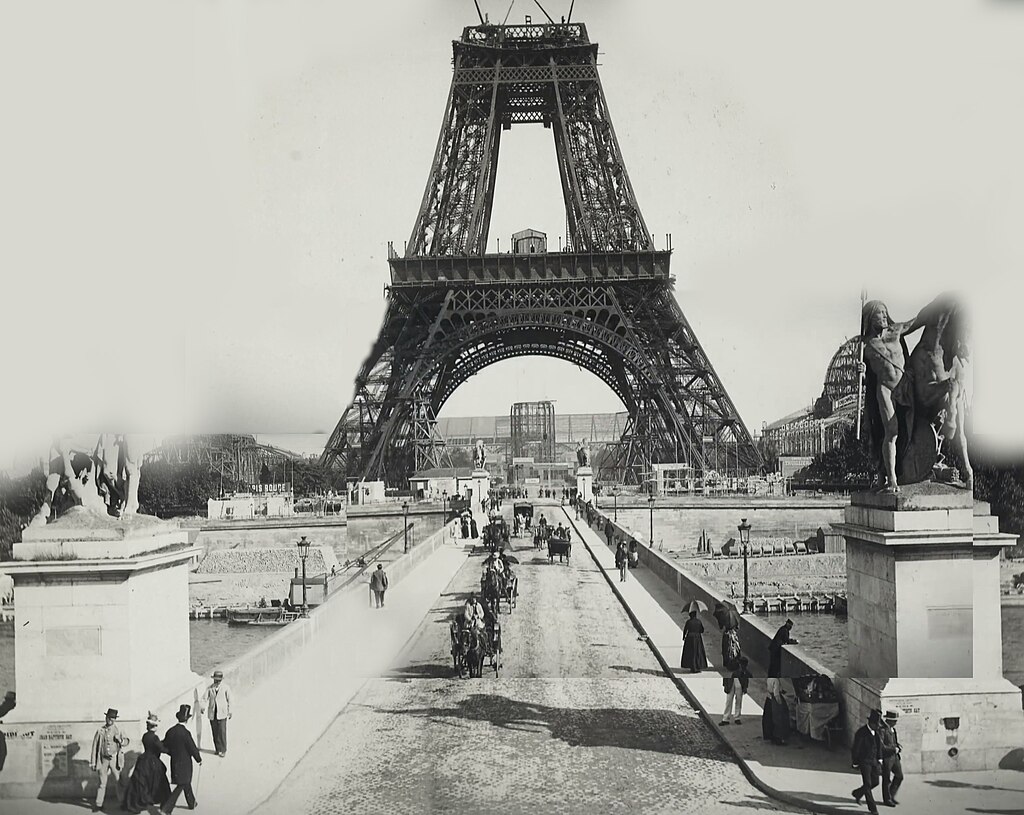
When the design for the Eiffel Tower was first revealed, it faced significant criticism from many of Paris’s leading artists and intellectuals. A group of prominent figures, including writers like Guy de Maupassant, signed a petition in 1887, calling the tower an eyesore. They feared it would ruin the city’s aesthetic. Despite this backlash, construction continued, and the tower was completed in 1889.
Made of Iron, Not Steel
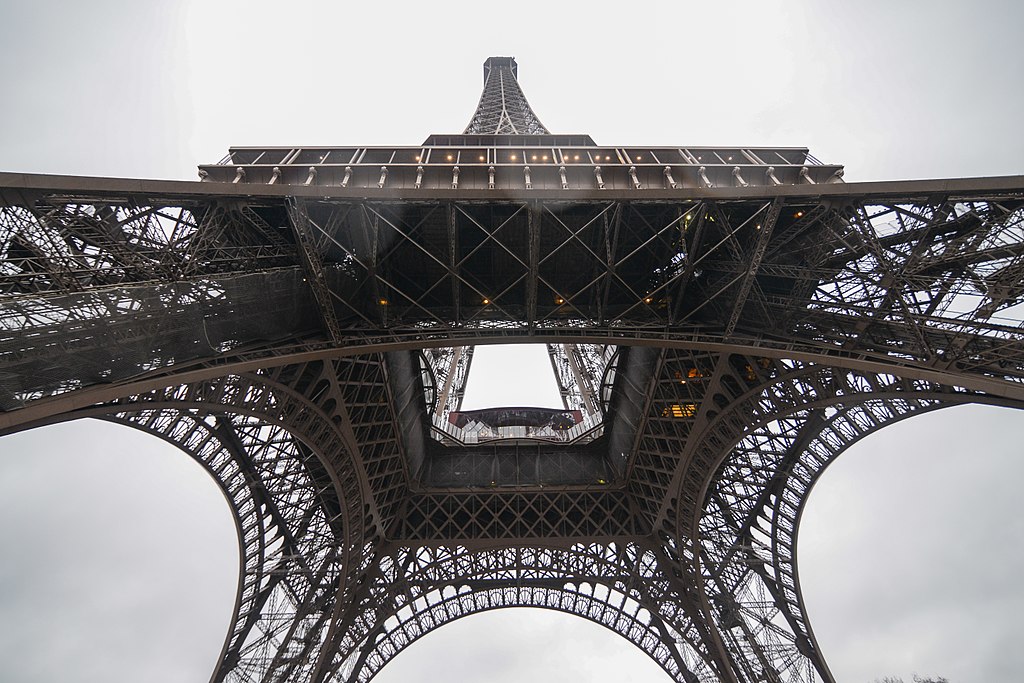
Unlike many modern skyscrapers, the Eiffel Tower is made of wrought iron, not steel. The tower consists of about 18,038 iron parts held together by 2.5 million rivets. The choice of iron allowed for the flexibility needed to withstand the wind forces at such a height. This material also contributed to the tower’s distinctive lattice structure.
Originally Intended to Be Temporary
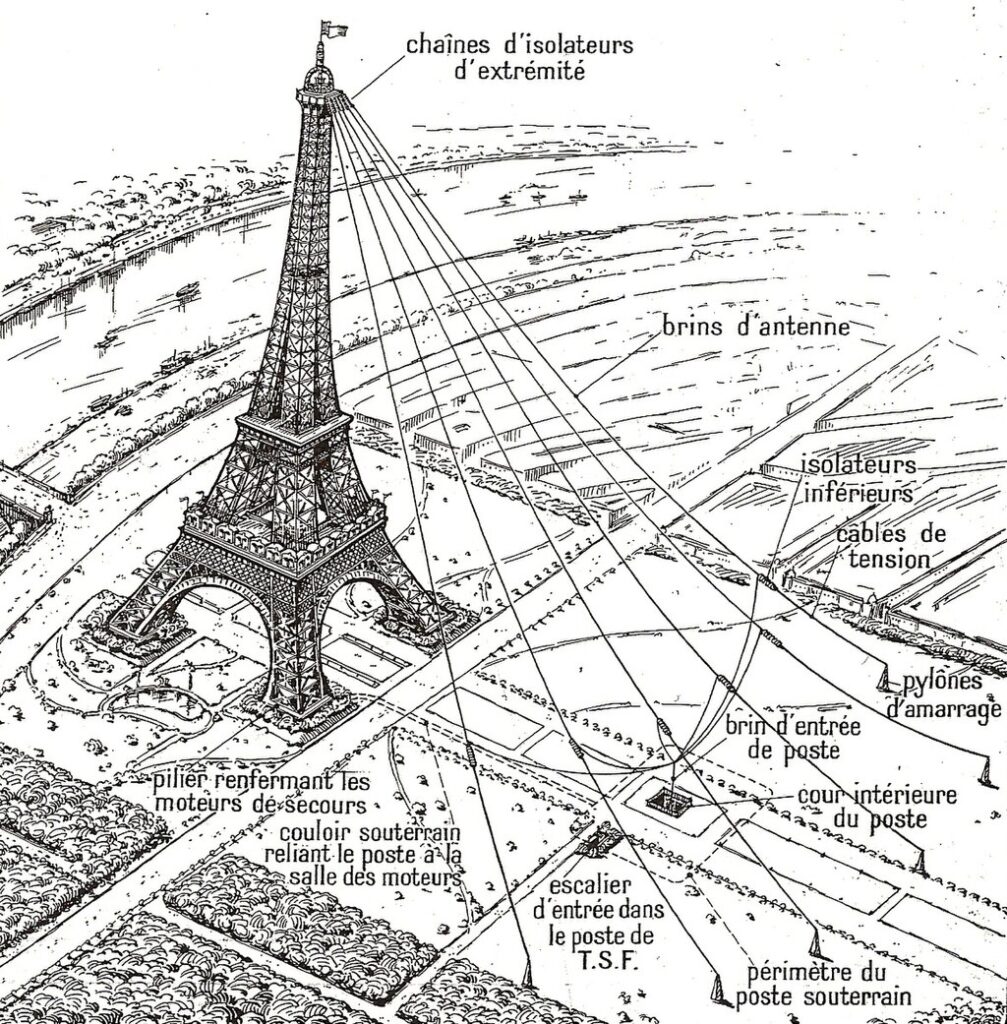
The Eiffel Tower was originally intended to be a temporary structure. It was designed to stand for just 20 years and then be dismantled. However, its use as a radio transmission tower saved it from demolition. By the time 20 years had passed, the tower had become an essential part of Paris’s communication network, securing its place in the city’s skyline.
Innovative Use of Elevators
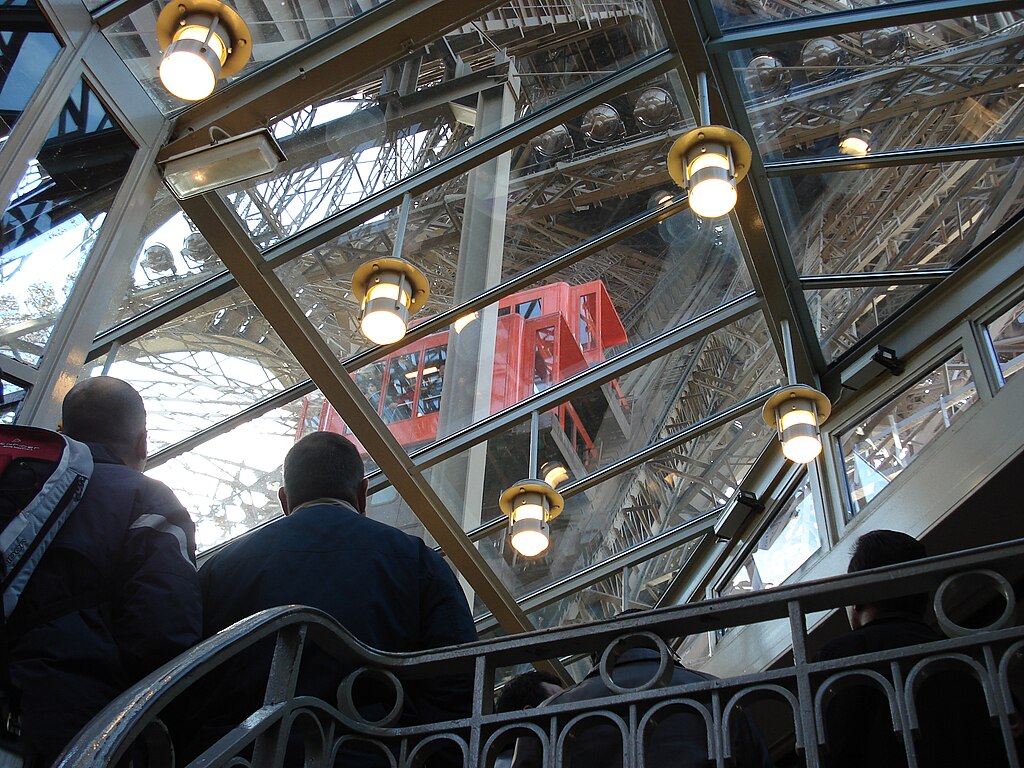
One of the engineering challenges of the Eiffel Tower was the installation of elevators. At the time, elevators were a relatively new technology, and installing them in a structure of this height and shape was unprecedented. The Otis Elevator Company, an American firm, was brought in to design the elevators. They created a unique system that could move passengers up the curved legs of the tower, a groundbreaking innovation for its time.
The Tower’s Color Has Changed Over Time

The Eiffel Tower has not always been the bronze color we see today. When it was first built, the tower was painted a reddish-brown color. Over the years, it has been repainted 19 times, with colors ranging from yellow to chestnut brown. The current color, known as “Eiffel Tower Brown,” was chosen in 1968 to complement the Parisian skyline.
The Tower’s Height Has Changed
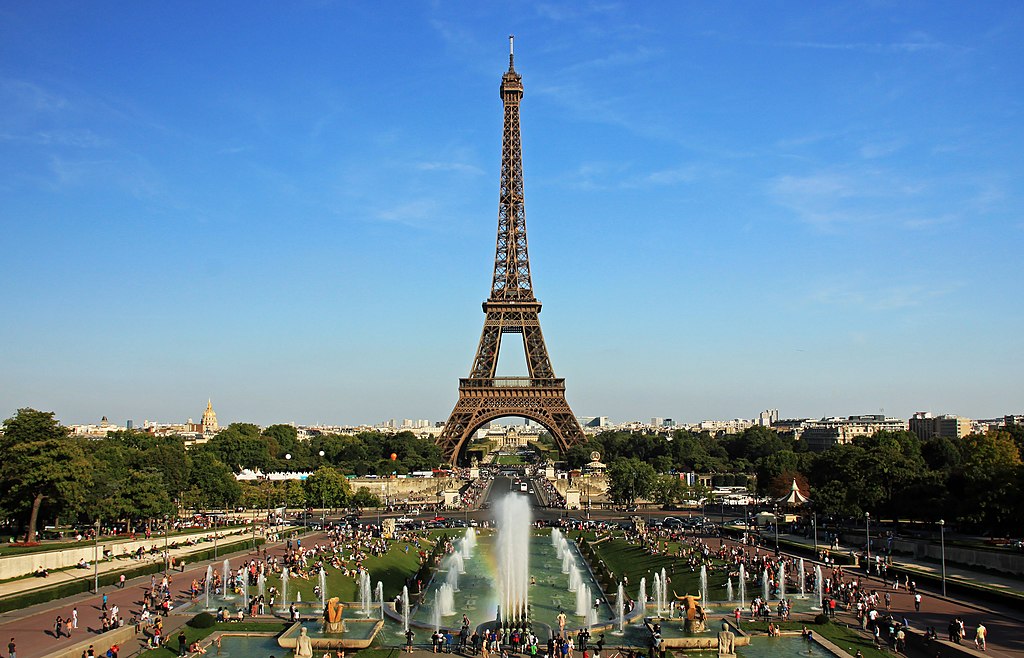
Originally, the Eiffel Tower stood at 300 meters (984 feet) tall, making it the tallest man-made structure in the world at the time. However, the addition of antennas over the years has increased its height. Today, the tower stands at approximately 330 meters (1,083 feet), making it taller than its original design.
Designed to Withstand the Wind
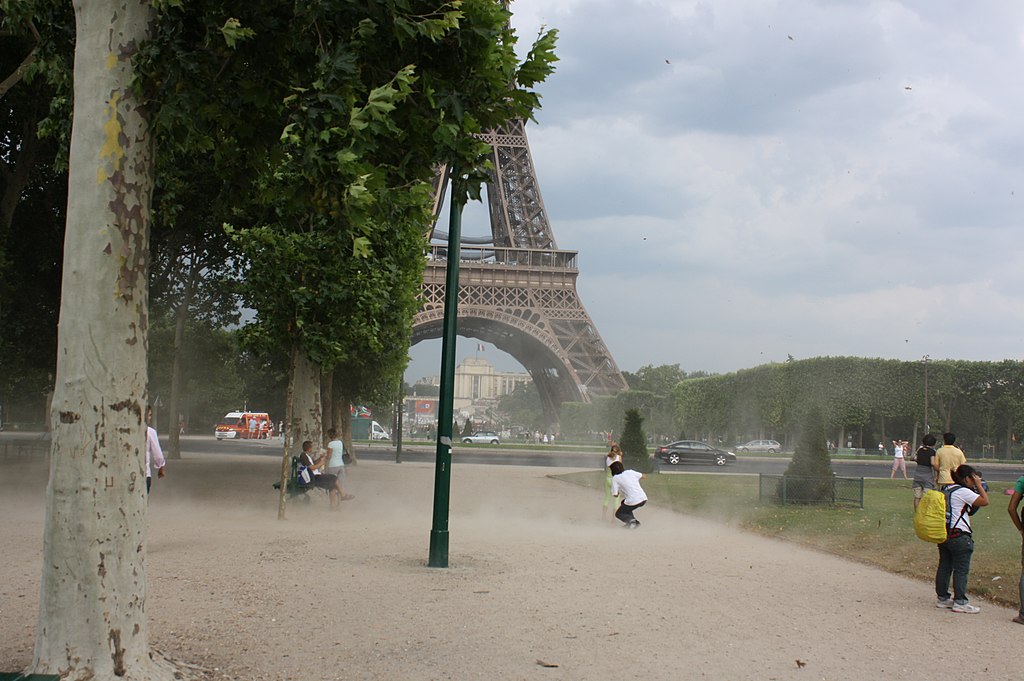
The Eiffel Tower’s lattice structure is not just for aesthetics; it was carefully designed to withstand the forces of wind. Gustave Eiffel conducted extensive wind resistance studies to ensure the tower’s stability. The open framework allows wind to pass through, reducing the pressure on the structure. As a result, the tower sways only a few inches in strong winds.
A Pioneer of Sustainable Design
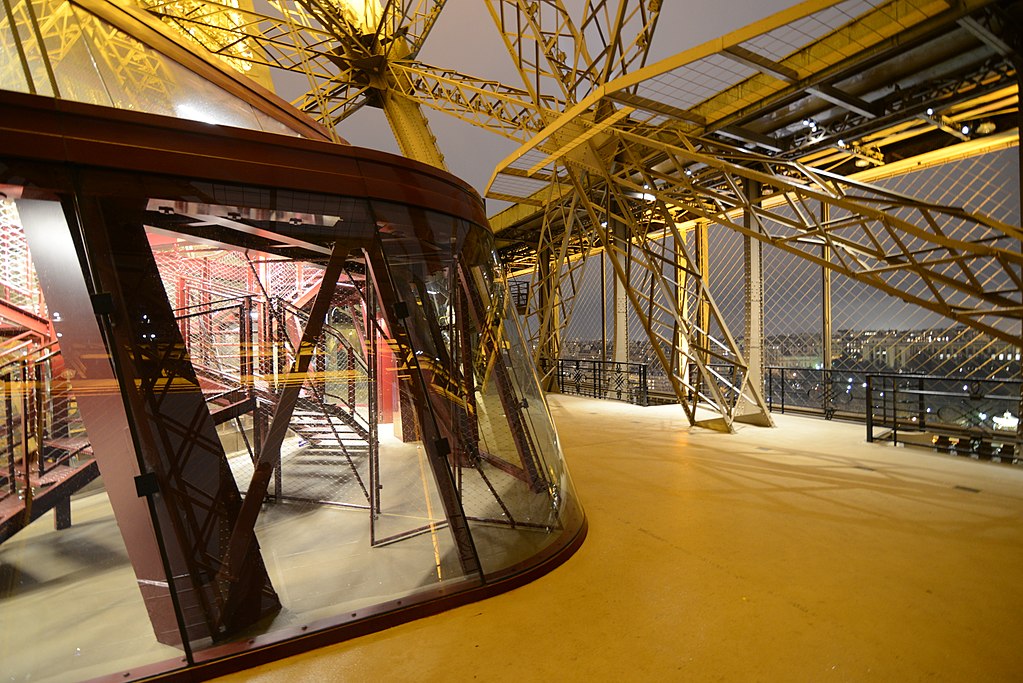
Long before sustainability became a buzzword, the Eiffel Tower was designed with efficiency in mind. Its iron structure is incredibly lightweight compared to its size, reducing the amount of material needed. Additionally, the tower’s open design minimizes wind resistance, reducing the need for additional structural supports. These factors contribute to the tower’s long-term durability and low maintenance.
The Tower Expands and Contracts
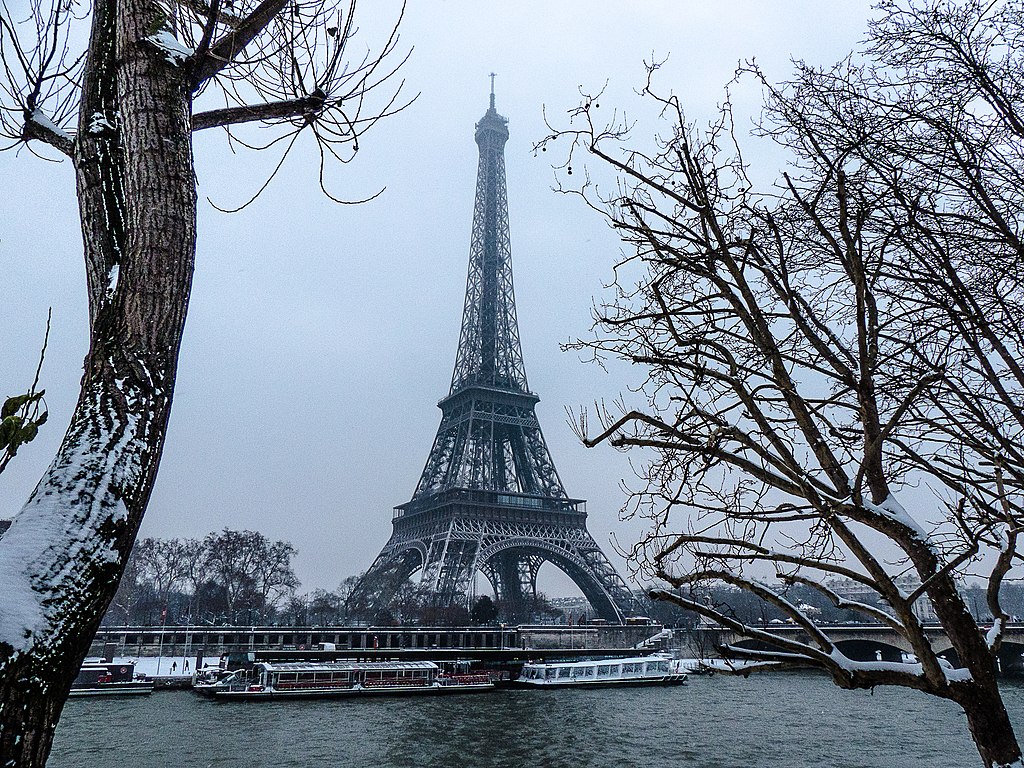
Due to thermal expansion, the Eiffel Tower can grow and shrink by up to 6 inches, depending on the temperature. In hot weather, the iron expands, causing the tower to grow slightly taller. Conversely, in cold weather, the metal contracts, making the tower shrink. This phenomenon is a testament to the precision of the tower’s design and construction.
A Symbol of French Innovation
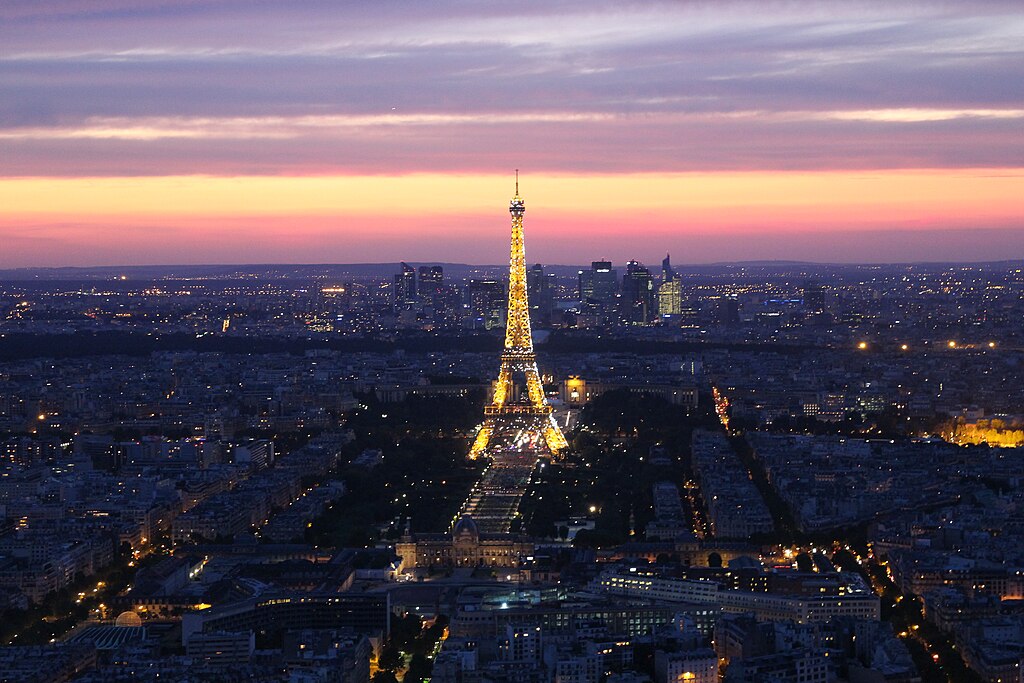
The Eiffel Tower was not just a feat of engineering; it was also a symbol of France’s industrial prowess. When it was built, it represented the cutting-edge technology and innovation of the time. Gustave Eiffel himself viewed the tower as a symbol of modernity and progress, showcasing France’s ability to lead in engineering and construction.
A Record-Breaking Structure
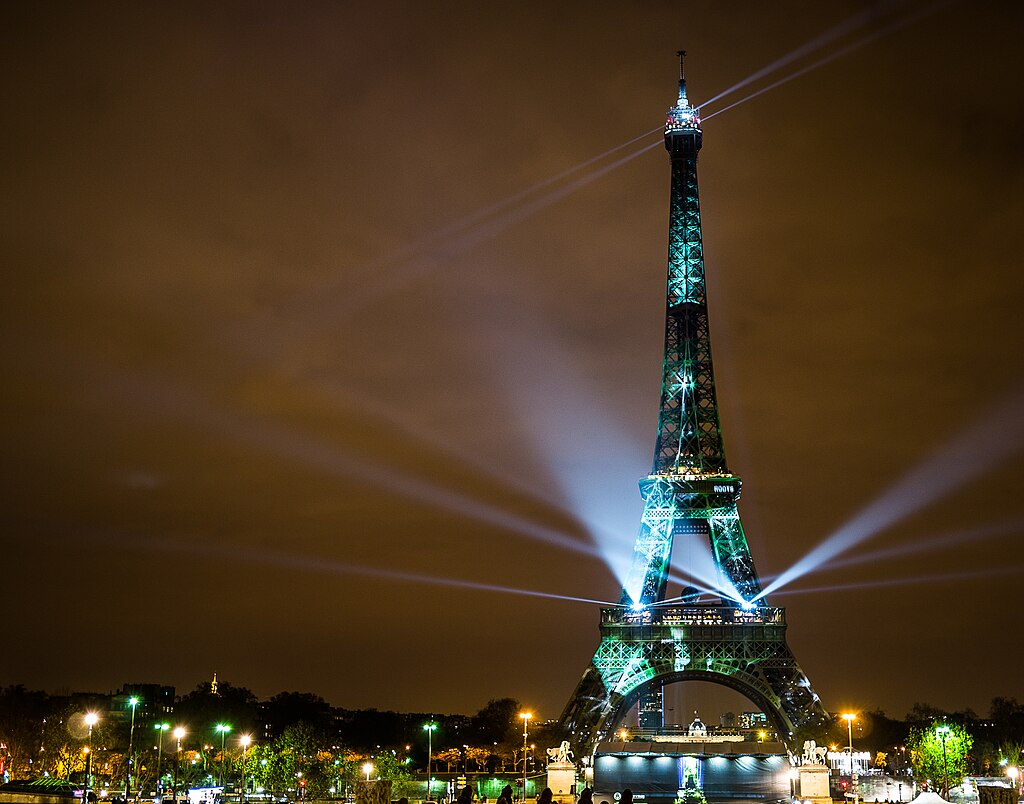
When it was completed in 1889, the Eiffel Tower held the title of the world’s tallest man-made structure, surpassing the Washington Monument. It maintained this record for 41 years until the completion of the Chrysler Building in New York City in 1930. Even today, the Eiffel Tower remains one of the tallest structures in Paris.
Hidden Apartment at the Top
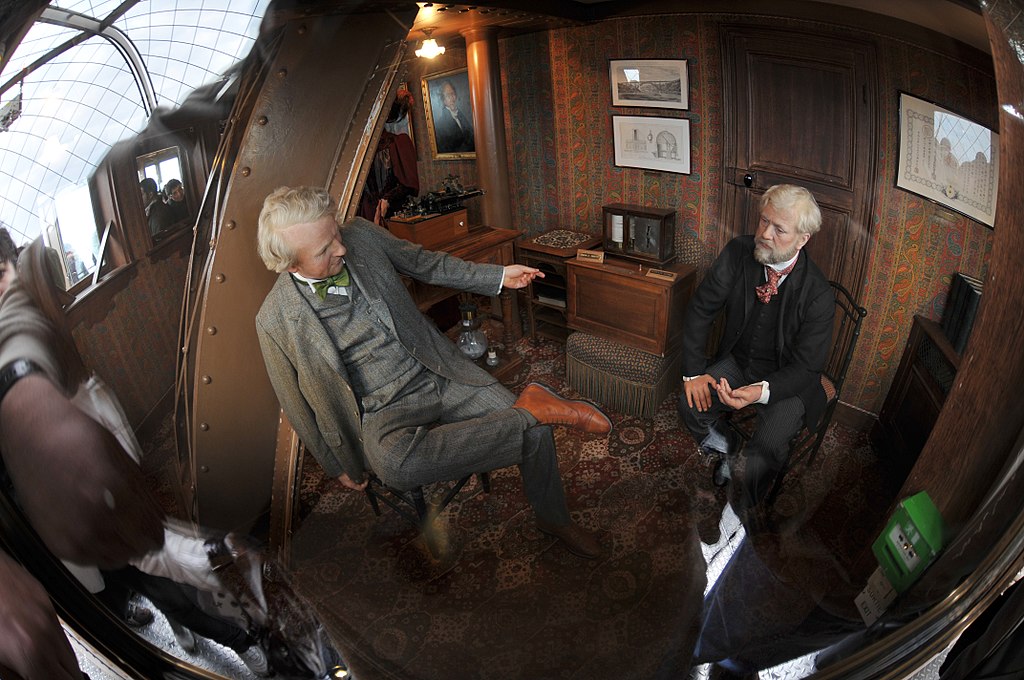
Gustave Eiffel included a secret apartment at the top of the tower, where he would entertain guests and conduct scientific experiments. This apartment, located near the tower’s summit, offered stunning views of Paris. Although it was off-limits to the public for many years, it has since been opened for visitors to see.
An Ongoing Maintenance Challenge
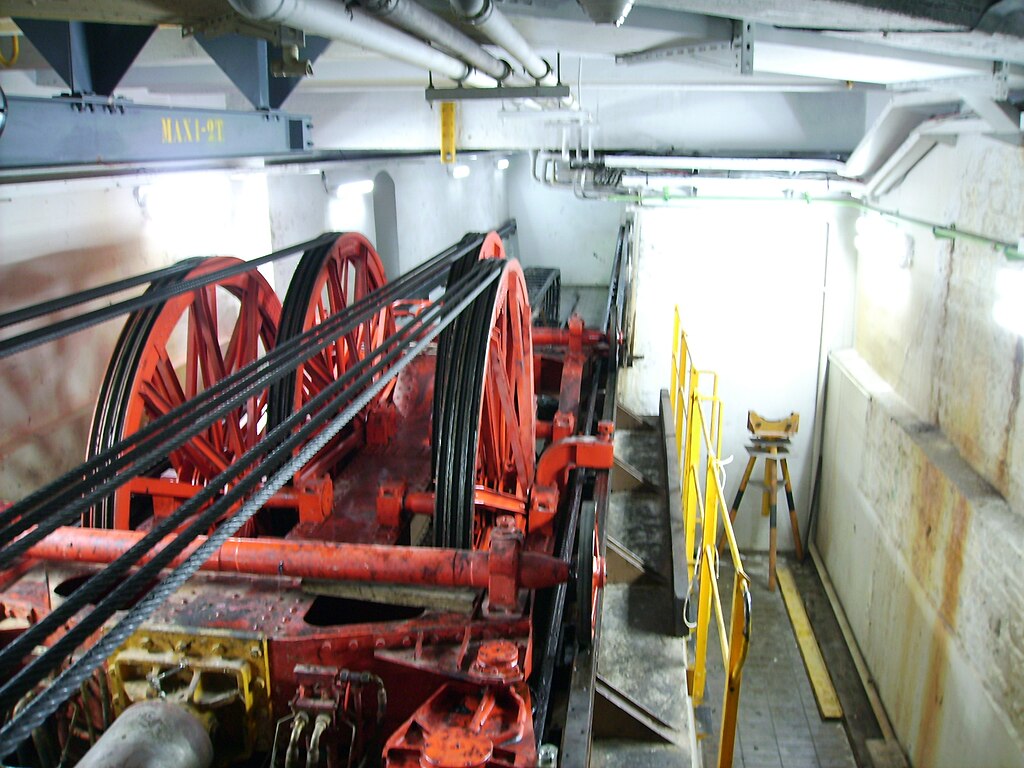
Maintaining the Eiffel Tower is an ongoing challenge. To protect the iron from rust, the tower is repainted every seven years. This process requires about 60 tons of paint and takes up to 18 months to complete. The maintenance ensures that the tower remains in good condition and continues to be a safe and stable structure.
This article originally appeared on UnifyCosmos.
More from UnifyCosmos
20 Old-School Gadgets That Paved the Way for Modern Technology
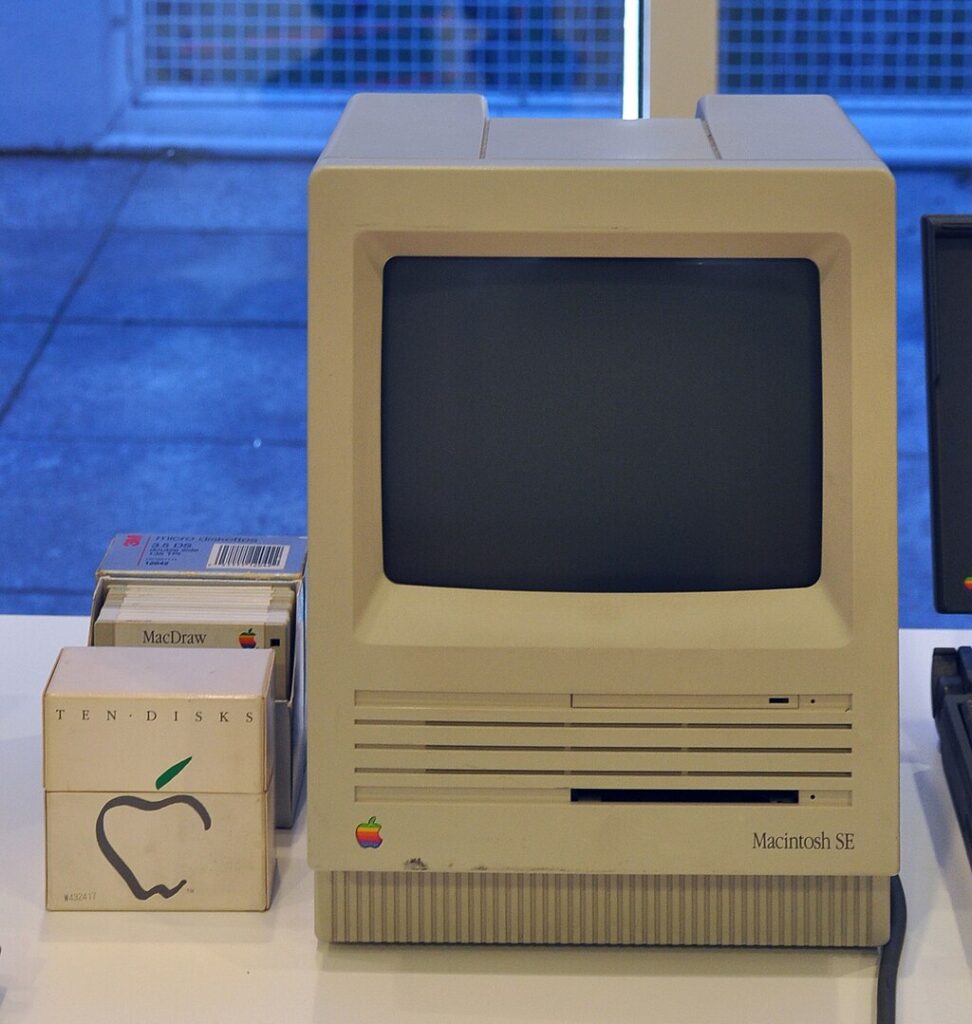
Many of today’s cutting-edge technologies owe their existence to innovative gadgets from the past. These devices laid the groundwork for the advancements we enjoy today. Read more!
15 Iconic Makeup Looks from Classic Hollywood Films
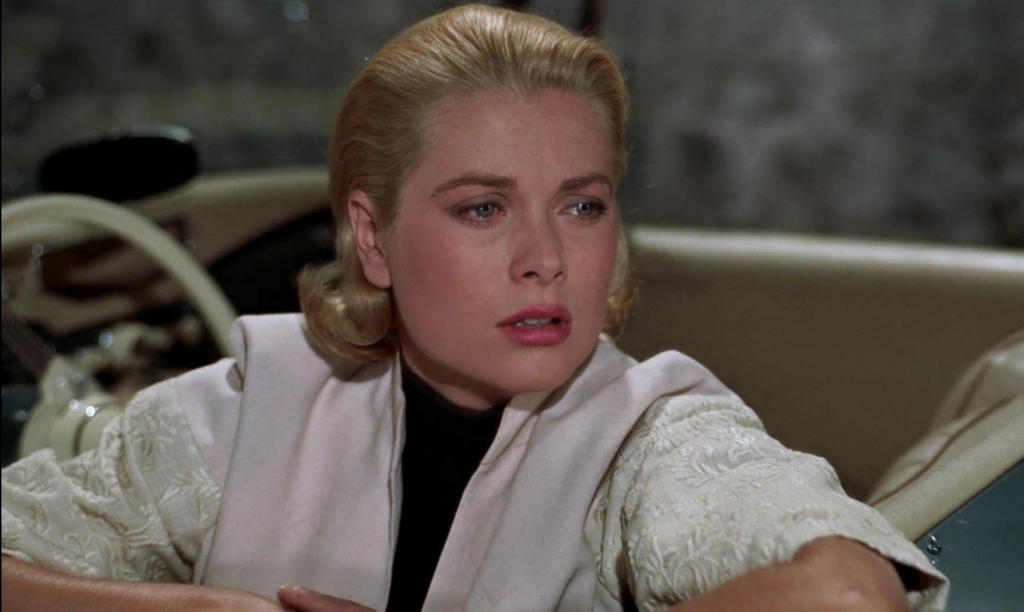
Classic Hollywood films have given us some of the most memorable makeup looks in history. These iconic styles have influenced beauty trends for decades. Read more!
17 Vintage Hairstyles That Are Making a Comeback

Today, we see many old-school hairstyles making a comeback. These classic looks are being revived by modern fashionistas everywhere. Read more!
Leave a Reply